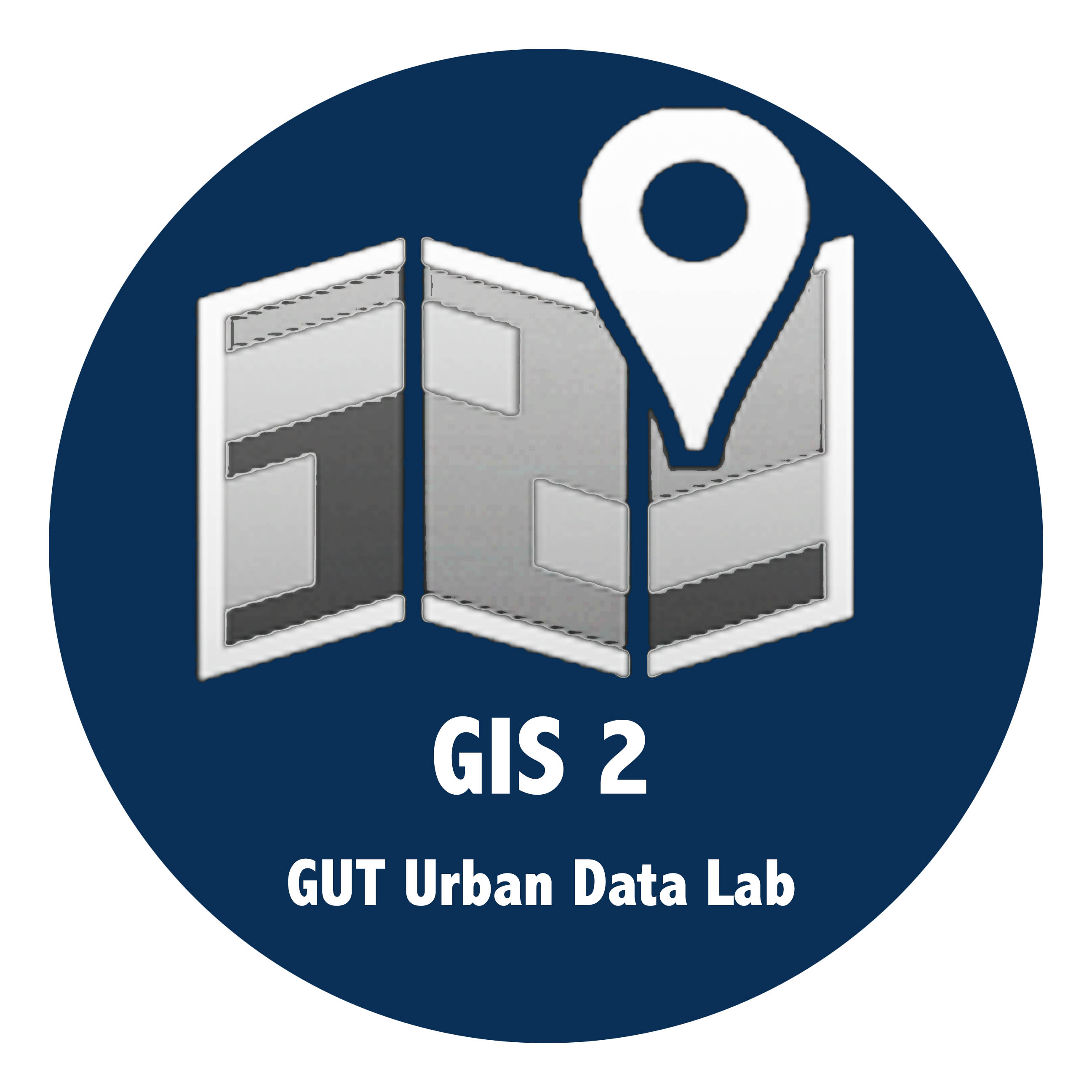
Kontynuacja przedmiotu GIS I dla studentów gospodarki przestrzennej na sem V.
- Nauczyciel: WERONIKA Mazurkiewicz
- Nauczyciel: Justyna Wieczerzak
- Nauczyciel: JUSTYNA WIECZERZAK
- Nauczyciel: Agnieszka Gębczyńska-Janowicz
- Nauczyciel: DARIA Pawlaczyk-Szymańska

Brief description:
The subject matter of the spatial form design classes is transformation. First, a black square becomes a flat graphic composition, which is then converted to color. The final stage of the transformation process is a spatial object, which is by assumption devoid of any utilitarian functions.
Course content / classes schedule:
1. Graphic. The task is to create an achromatic flat composition in the contrast of white and black with the use of organic, geometric or mixed forms. Graphic work might be an individual expression on personal topics or possibly it could be relating to the current social or political issues. The graphic work can be realistic or abstract. From the formal point of view, the starting point for graphic composition is a square with sides 47x47cm, which should be divided into any number of elements. The obtained parts should be used to arrange a composition on the surface of the B1 format (100x70 cm), by using the general principles of art composition. All elements obtained from dividing the square should be used in the composition. The quantity of black should remain constant.
2. Color. Interpretation of the previous work. Converting black and white into color. By using color, the previous compositional arrangement becomes changed. Color also influences the transmission of meanings. By completing this work various techniques can be implemented, mixed-media including.
3. Spatial form. The results of the analysis of the entire transformation process are works which are in between the architecture, sculpture and applied art. It can be a free-standing form in its several positions or an object hovering in the space independent from the ground. Any techniques can be implemented. Suggested materials: glass, metal, wood, stone, plaster, textiles, mixed techniques, three-dimensional printing, etc.
Timetable:
till 10.03.2022 approving of sketches to task nr 1 (graphic work)
24.03.2022 completion of task nr 1 (graphic work) / introduction to task nr 2
07.04.2022 approving of sketches to task nr 2 (color work)
21.04.2022 completion of task nr 2 (color work) / introduction to task nr 3
19.05.2022 approving of ideas to task nr 3 (spatial form)
09.06.2022 completion of task nr 3 (spatial form)
At 5 of May classes according the timetable of Monday
- Nauczyciel: Łukasz Ławrynowicz
- Nauczyciel: Krzysztof Wróblewski
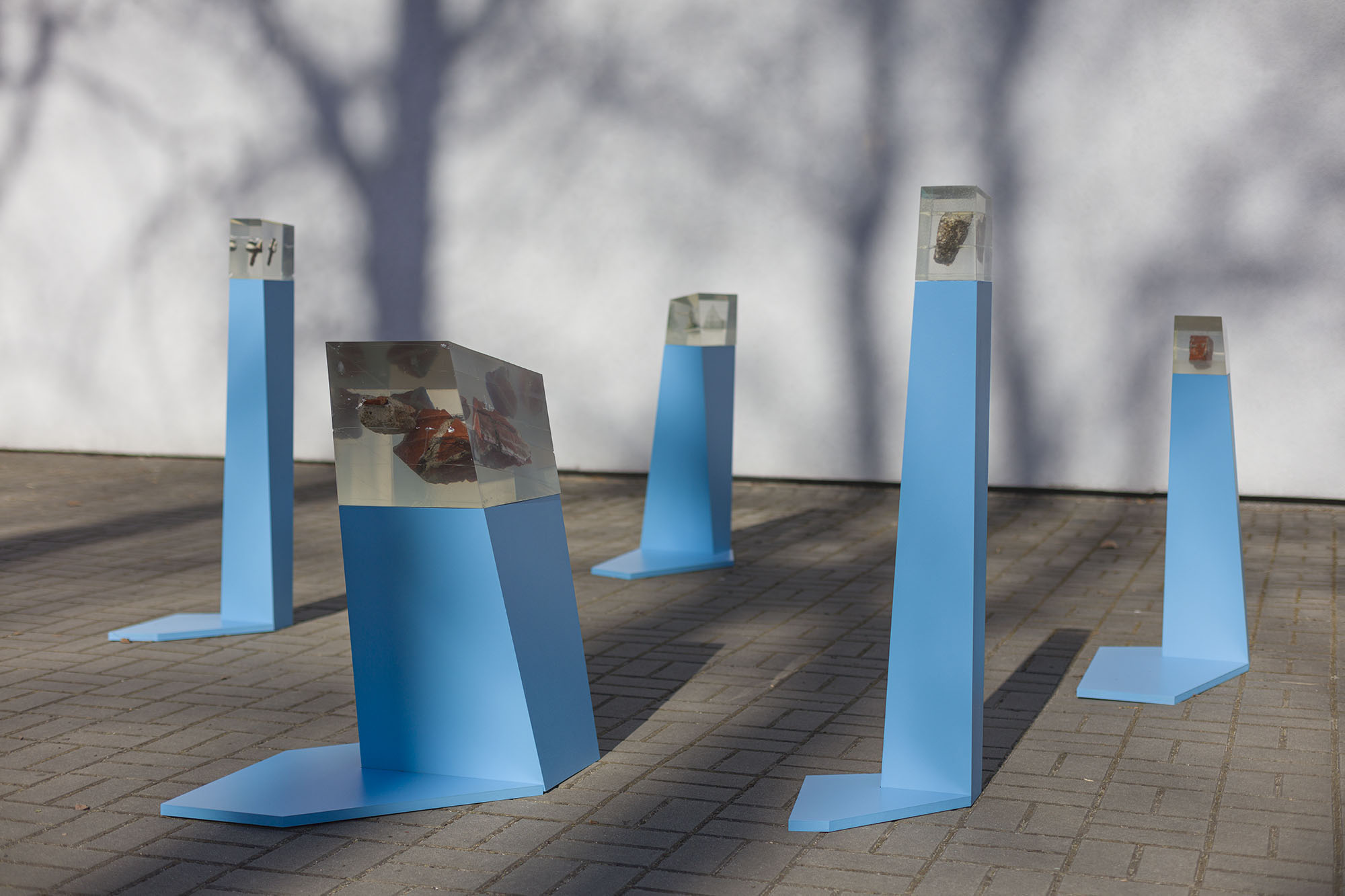
Zadanie projektowe odnosi się do działań artystycznych i projektowych z obszaru Site-Specific (temat nanotechnologia ) w przestrzeni miejskiej oraz we wnętrzu. W zadaniu powinna być uwzględniona specyfika przestrzenna Budynku Centrum Nanotechnologii. Należy zaprojektować i zrealizować obiekt lub zespół obiektów w skali 1:1 zintegrowanych z przestrzenią hallu budynku nanotechnologii, względnie jego przestrzeni wejściowej.
- Nauczyciel: Łukasz Ławrynowicz
- Nauczyciel: Kacper Radziszewski
- Nauczyciel: Paweł Sasin
- Nauczyciel: Krzysztof Wróblewski
- Nauczyciel: Dariusz Gąsiorowski
- Nauczyciel: Patrycja Mikos-Studnicka
- Nauczyciel: Magdalena Szarejko
- Nauczyciel: Maura Zaworska
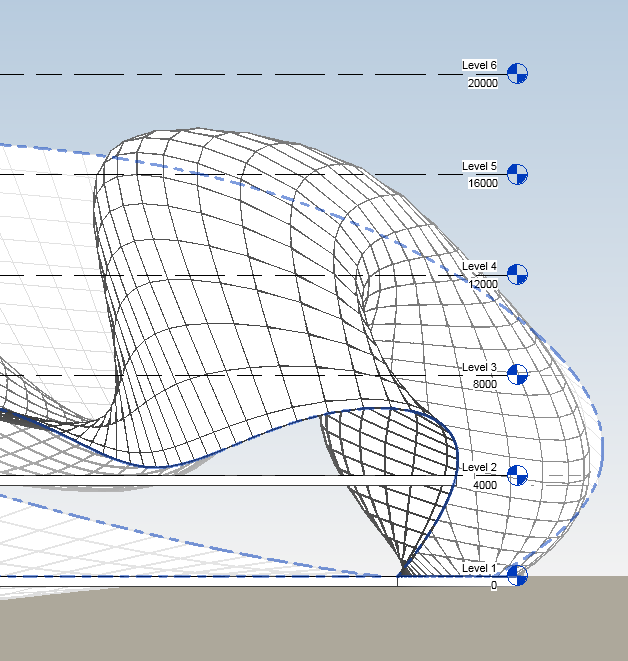
Program nauczania zapewnia studentom solidne podstawy w BIM (Building Information Modelling) przy użyciu programu Autodesk Revit Architecture. Plan zajęć wprowadza w typowy przepływ pracy projektowej, rozwija umiejętności rozwiązywania problemów podczas tworzenia pełnego modelu 3D BIM i powiązanej z nim dokumentacji architektoniczno-budowlanej. Kurs zawiera następujące zasoby: materiały szkoleniowe online, filmy instruktażowe oraz slajdy „krok po kroku”, opisy, instrukcje oraz pliki niezbędne do wykonania ćwiczeń. W zakres kursu wchodzą: współpraca i tworzenie interaktywnych linków z innymi programami (AutoCAD, SketchUp, IFC), poznanie funkcji, poleceń i zaawansowanych technik tworzenia trójwymiarowych modeli budynków BIM, pracy z parametrami, automatycznego generowania elementów architektonicznych na podstawie studialnych brył szkicowych (Form, Mass), praca z parametrami, poznanie narzędzi do generowania organicznych powłok, tworzenie wielopoziomowych parametrycznych elementów (klatek schodowych i wind), poznanie narzędzi do generowania elewacji, perspektyw i prezentacji architektonicznych, edycji i drukowania rysunków w formacie cyfrowym.
opracowanie: mgr inż. arch. Dariusz Cyparski
- Nauczyciel: Dariusz Cyparski
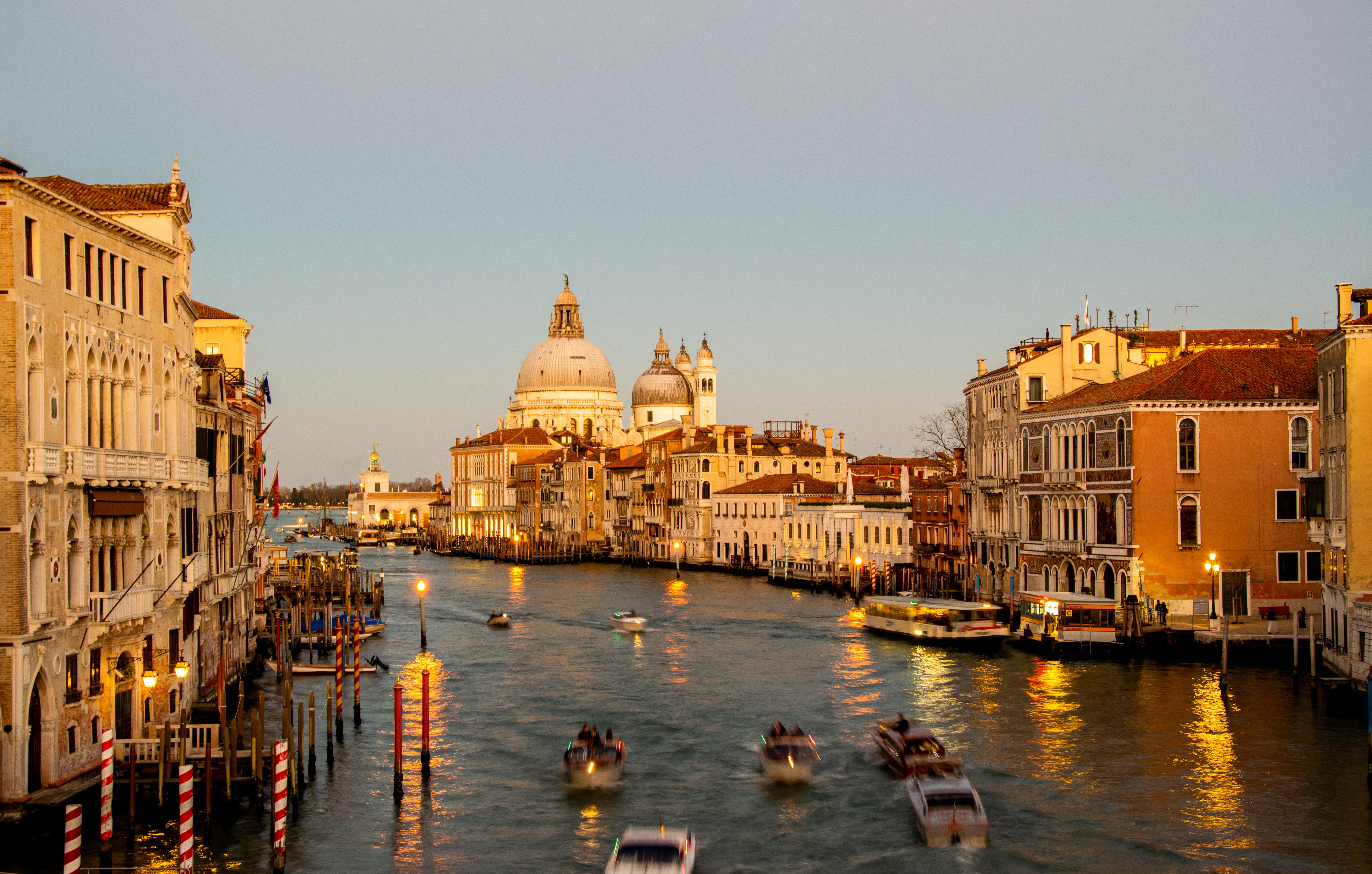
The course HISTORY OF WORLD II (HWA I) is obligatory in the second semester of study at the Faculty of Architecture at Gdańsk University ofTechnology. It lasts 15 weeks, finishes with the exam, and consists of 15 one-hour lectures and 7 two-hour exercises.
The merit of the course includes Western World architecture, beginning from Renaissance (XVI c.), Baroque, Neoclassicism, and Historicism, up until the XIX century. The aim of the course is to acknowledge students with chronology, styles, development of architectural forms, and masters of the architecture of those times.
In the summer semester of the academic year 2021-2022, the lectures will be delivered remotely, through the eNauczanie platform. During lectures, students should make notes – both drawing and writing. Every one of the 7 exercises is finished with a drawing task, which is then sent as (picture or scan) to the eNauczanie platform and evaluated. The exercises are performed in the form of a HAND DRAWING, on A3 format of the paper, with the use of pen (or ball-pen) not pencil!
- Nauczyciel: Bartosz Macikowski
- Nauczyciel: Anna Orchowska
- Nauczyciel: Maria Jolanta Sołtysik
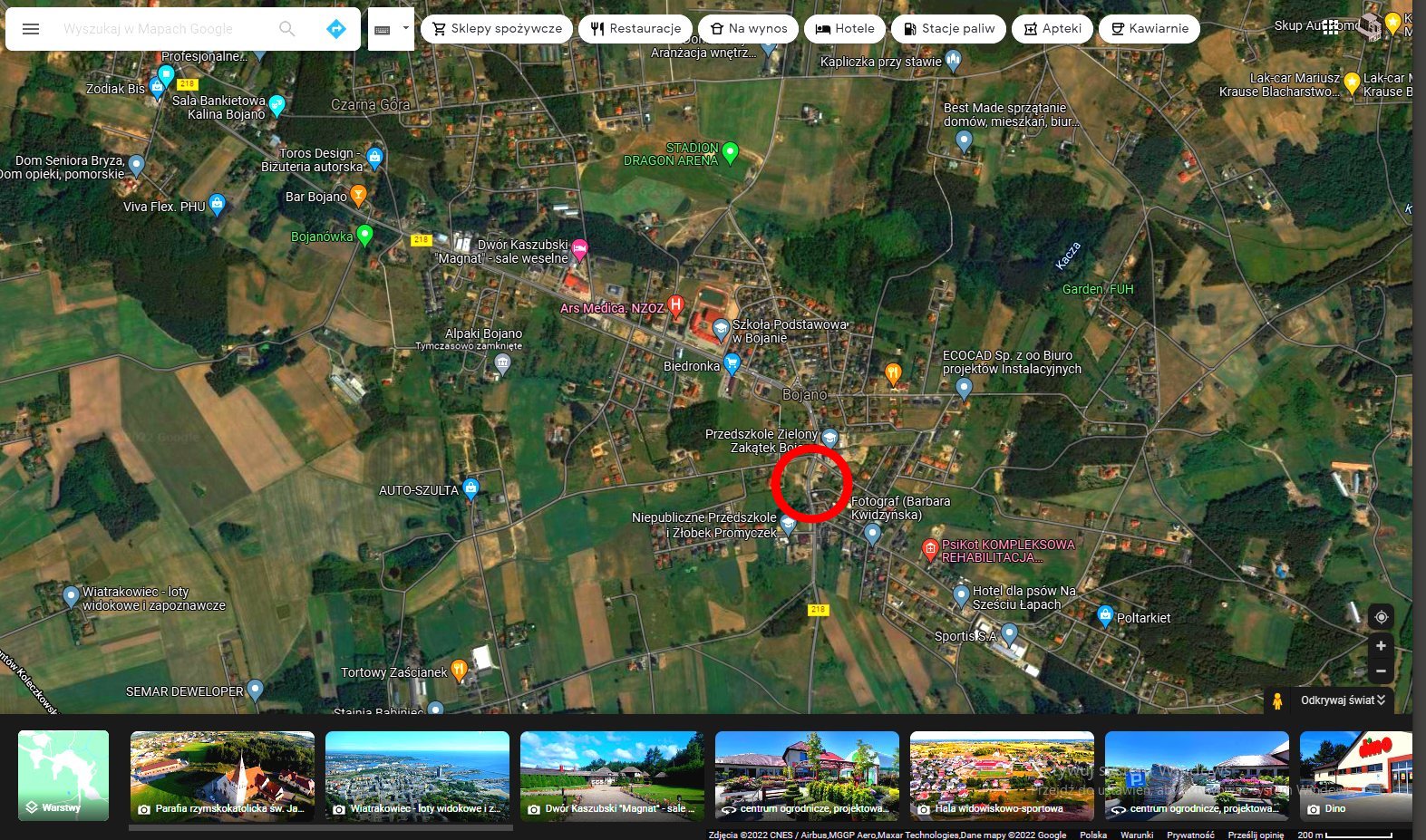
Prowadzący:
Tomasz Szymański
- Nauczyciel: Tomasz Szymański

Projektowanie Architektoniczne KAMiPN_sem. VI
- Nauczyciel: Karolina Taraszkiewicz
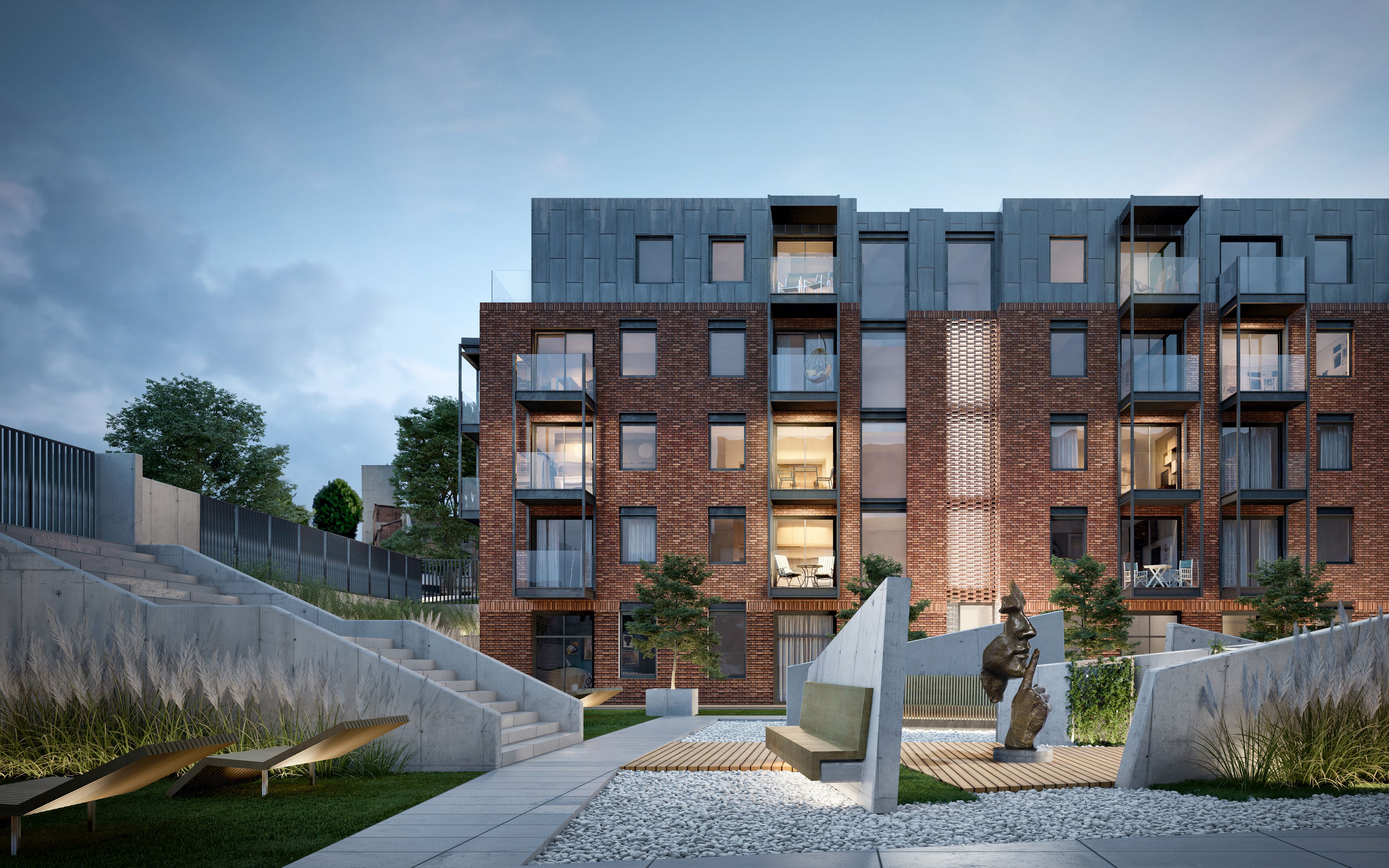
Projektowanie architektoniczne sem. IV
- Nauczyciel: Jakub Kołodziejczak
- Nauczyciel: Karolina Taraszkiewicz
Ochrona własności intelektualnej - kurs obowiązkowych wykładów
- Nauczyciel: Robert Idem
- Nauczyciel: Andrzej Kondracki
- Nauczyciel: Anna Wancław
- Nauczyciel: Aleksandra Zdanowicz
- Nauczyciel: Magdalena Podwojewska
- Nauczyciel: Anna Wancław
- Nauczyciel: Dorota Wojtowicz-Jankowska
- Nauczyciel: Rafał Janowicz

|
Goal of the course: Understanding the basic design issues related to illumination of the exterior spaces in the built environment |
|
Course content / class schedule: 1.Student will learn the difference between Functional versus Decorative lighting in exterior spaces 2. Student will learn how artificial lighting can shape the appearance of an urban space 3. Student will learn necessary tools (luminaires, light sources, lighting control etc.) to design artificial illumination for an urban realm 4. Student will be able to identify problems related to external illumination in the urban environments 5. Student will be able to correctly assess design proposals for exterior illumination based on aesthetic and functional criteria Classes will be conducted in a hybrid manner. Lectures and consultations will be held online and workshop will be held in person in November at Gdańsk Tech. Campus based on below schedule: 8.11, 15.11, 22.11, 29.11, 6.12, 13.12, 10.01, 17.01, 24.01 Workshop dates in November still to be TBC !!! Attention first class will begin on 8th of November 2021 at 14:15 and will be held online !!! Link to class will be uploaded to e-nauczanie platform Time 14:15-17:00 (3h) Room: Microsoft Teams meeting online, link will be provided before the class commence Passing conditions/earning the ECTS credit: |
- Nauczyciel: Karolina Zielińska-Dąbkowska
Temat zajęć:
PRZYJAZNA ARCHITEKTURA – INTEGRUJĄCA STRUKTURA.
Temat 1. Strefa przyszłych medyków wraz z przedszkolem dla dzieci lekarzy
w dzielnicy Gdańsk Aniołki.
Temat 2. Centrum wsparcia dla uchodźców z Ukrainy wraz z przedszkolem
w dzielnicy Gdańsk Aniołki.
Problematyka zajęć:
Problematyka zajęć dotyczy przyjaznej architektury – przyjaznej zarówno dla użytkownika, mieszkańca dzielnicy, przypadkowego przychodnia a także dla środowiska. To architektura oferująca ciekawy wachlarz miejsc i między-przestrzeni, dla różnych grup wiekowych – rozbieganych dzieci, raz zaczytanych, a raz aktywnych studentów, a także mieszkańców dzielnicy. To architektura w symbiozie z otoczeniem, a także z zielenią.
Architektura projektowanego założenia powinna stanowić integrującą strukturą w kontekście społecznym – odpowiadając na różnorodne potrzeby użytkowników, a także w kontekście przestrzennym, stanowiąc węzeł spinający wielowątkowość dzielnicy blisko związanej z Gdańskim Uniwersytetem Medycznym.
- Nauczyciel: Karolina Życzkowska